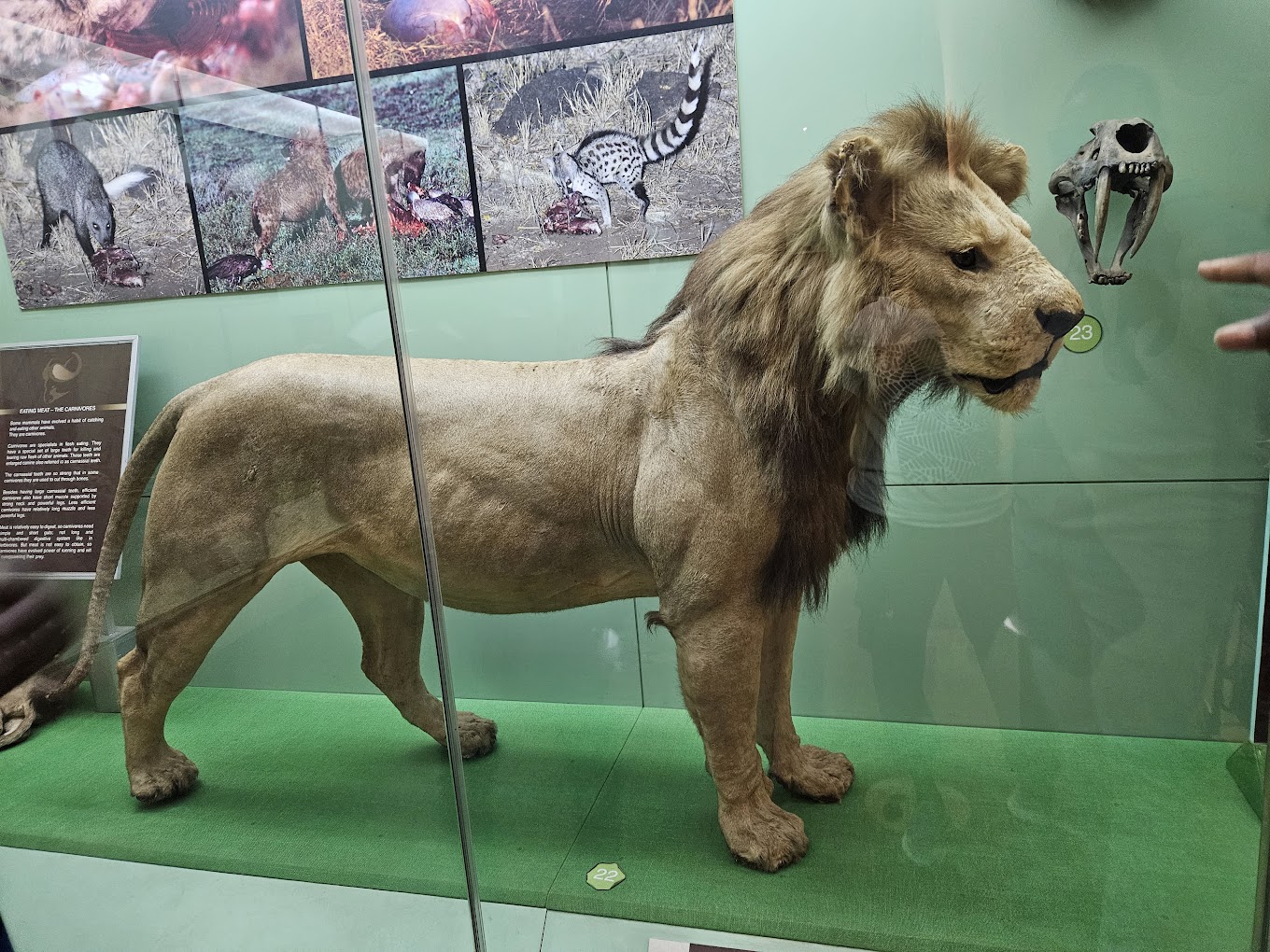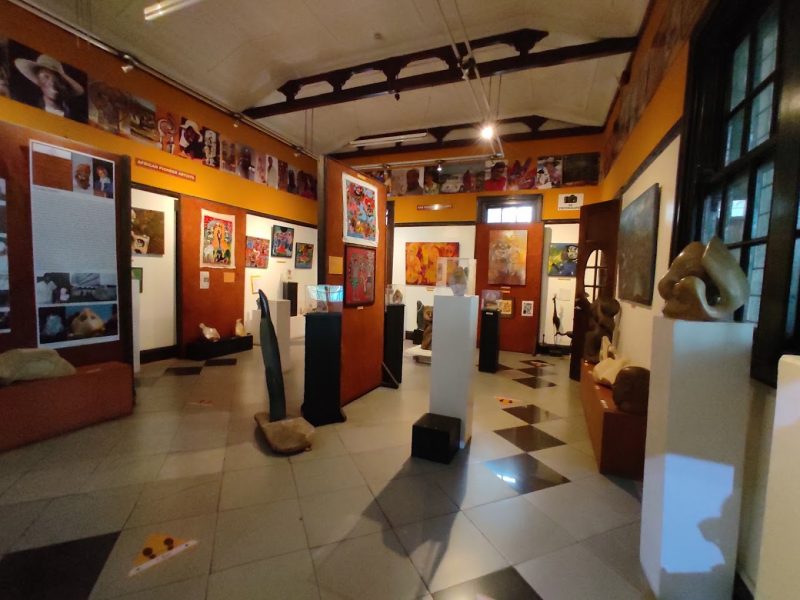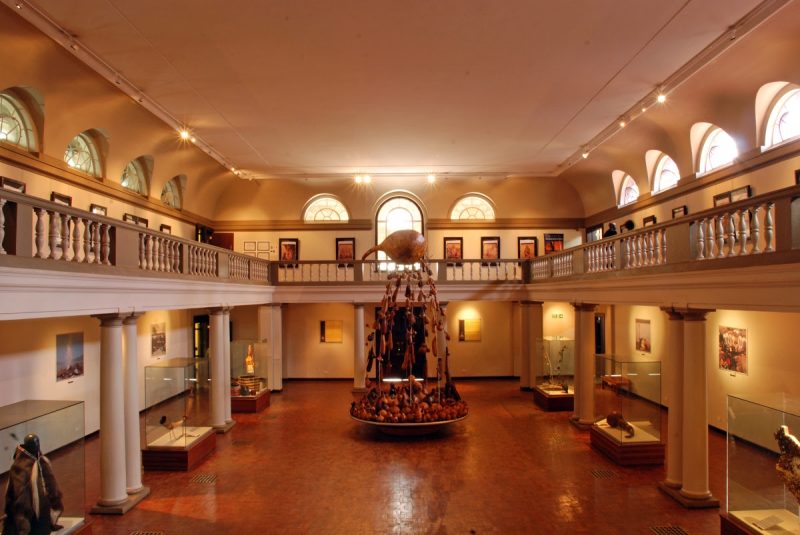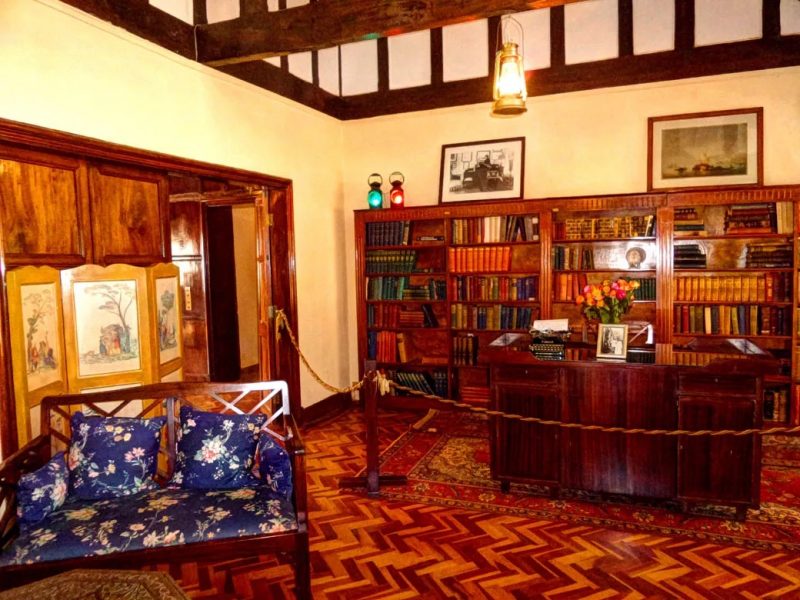List Of 10 Museums Of Kenya
Kenya is a land of rich traditions and a diverse array of cultures. Among its many treasures are the museums of Kenya, which protects Kenya’s history, art, and heritage. These museums play a vital role in saving the stories of various people. They show Kenya’s natural beauty, and teaching visitors about Kenya’s diverse culture. In this article, we will explore a list of notable museums across Kenya and their collections.
1) National museums of Kenya
The national museum of Kenya, located in Nairobi, is the flag ship of all the museums of Kenya. Established in 1910, it houses a collection that spans various fields, including art and natural history. It’s mission is to promote Kenya’s rich heritage. This makes it a key spot for both locals and guests.
Key collections: The national museum’s collections include prehistoric artefacts, traditional crafts, and an impressive array of paintings and sculptures from Kenyan artists. Visitors can explore the story of human beings through pictures. They feature significant finds such as the Turkana Boy and various tools used by early people. Another section shows the diverse cultures of Kenya’s ethnic groups through arte facts, clothing, and music.
Significance: As a cultural institution, the National Museum of Kenya plays a crucial role in fostering national pride and identity. It provides ideas into the history and culture that shape modern Kenyan society.
2) Nairobi national museum of Kenya
Located adjacent to the National Museum, the Nairobi national museum is a smaller but equally important museum. It focuses on Nairobi’s history and the broader context of urban development in Kenya. This museum is an excellent place for understanding how Nairobi has evolved. It has its origins from a humble railway depot to one of Africa’s major cities.
Exhibits: The museum features exhibits on Nairobi’s colonial history, the struggle for independence, and the cultural dynamics of modern urban life. Visitors can engage with inter active displays and multi media tools that provide a deeper understanding of the city’s growth and challenges.
Educational programs: The Nairobi National Museum frequently organizes workshops, lectures, and community events aimed at promoting dialogue about urban development and heritage conservation.
3) Karen Blixen museum
The Karen Blixen museum is in the former home of the famous Danish author Karen Blixen. She wrote the memoir Out of Africa. Located in the suburb of Karen, this museum offers visitors a glimpse into the life and work of Karen Blixen. She was one of Kenya’s most famous people.
Architectural beauty: The museum is housed in a beautiful colonial-style home, complete with well-maintained gardens. The decor provides a unique back drop for understanding Blixen’s life in Kenya.
Cultural significance: The museum not only highlights Blixen’s literary achievements but also sheds light on the social and historical context of her time in Kenya, including the complex relationships between colonial settlers and local communities.
4) Bomas of Kenya
The Bomas of Kenya is a centre located in Nairobi. It is dedicated to the diverse cultures of Kenya. It has traditional dance performances, music, and crafts, making it an awe experience for visitors.
Cultural exhibitions: The Bomas of Kenya hosts exhibits that display traditional artefacts, clothing, and instruments from various ethnic groups. The performances are a vibrant celebration of Kenyan culture. Visitors experience the rich ness of Kenya’s culture first hand.
Community engagement: Bomas of Kenya plays an essential role in community engagement, providing a platform for local artists and performers to share their talents and promote cultural understanding.
5) Railway museum
The Railway museum in Nairobi is dedicated to the history of rail transport in Kenya. Established in 1971, it shows the significant role that the railway played in the development of the country and the region.
Historical significance: The museum features a collection of steam locomotives, carriages, and artefacts that tell the story of the Kenya-Uganda Railway, a crucial infrastructure project that connected East Africa to the rest of the world. Visitors can explore the various shows and learn about the challenges faced during construction and the impact of the railway on trade.
Interactive experience: The Railway museum offers guided tours that provide an in-depth understanding of the history of rail transport in Kenya. Visitors can also take part in train rides on select days.
6) Kenya national archive
The Kenya National Archives in Nairobi is not just an archive but also a museum that shows Kenya’s history through documents, photographs, and arte facts. Established in 1965, it serves as a safe for national records and heritage.
Collections: The archives contain a wealth of information on Kenya’s political history, cultural practices, and significant events. Visitors can explore shows to see the important milestones in the country’s journey toward independence and nationhood.
Research opportunities: The Kenya National Archives is an invaluable resource for researchers, students, and anyone interested in delving deeper into Kenya’s history. The archives offer access to documents and materials that are essential for understanding the nation’s past.
7) Gikuyu cultural centre
The Gikuyu cultural centre in Nairobi is dedicated to preserving and promoting the culture of the Kikuyu people, one of Kenya’s largest ethnic groups. The centre offers visitors a unique opportunity to learn about Kikuyu traditions, language, and history.
Cultural exhibits: Visitors can explore exhibits featuring traditional crafts, music, and storytelling. The Gikuyu Cultural Centre also organises events and performances that celebrate Kikuyu culture, making it an engaging destination for both locals and tourists.
Educational programs: The centre provides educational programs aimed at promoting understanding and appreciation of Kikuyu heritage. Workshops on traditional crafts, cooking, and music are regularly offered, encouraging active participation from visitors.
8) Maasai cultural museum
The Maasai cultural museum, located in the heart of Nairobi, showcases the rich heritage of the Maasai people, renowned for their unique customs and vibrant culture. This museum offers a deep dive into the Maasai way of life, their traditions, and their contributions to Kenya’s cultural landscape.
Exhibits and artefacts: The museum features an array of artefacts, including traditional attire, jewellery, and tools used in daily life. Visitors can learn about the Maasai’s pastoral lifestyle, their rituals, and their deep connection to the land.
Cultural experience: In addition to static exhibits, the Maasai cultural museum often hosts performances, allowing visitors to experience traditional dances and songs. This interactive aspect enhances understanding and appreciation of Maasai culture.
9) Kenya railway museum
The Kenya railway museum in Nairobi is dedicated to the history of Kenya’s railways, particularly the historical significance of the Kenya-Uganda Railway. This museum offers an in-depth look at the impact of rail transport on Kenya’s development.
Historical context: The exhibits include a variety of locomotives, coaches, and railway memorabilia. The museum provides insights into the engineering challenges and human stories associated with the railway’s construction and operation.
Educational outreach: The Kenya Railway Museum conducts educational programs that focus on engineering and technology, making it an excellent resource for students and history enthusiasts.
10) Nairobi national gallery
The Nairobi national gallery is a contemporary art museum that showcases the works of Kenyan and international artists. It is an essential hub for promoting artistic expression and cultural dialogue.
Artistic collections: The gallery features a diverse collection of paintings, sculptures, and mixed media works. The exhibitions often address contemporary social issues, reflecting the dynamic nature of Kenya’s art scene.
Community engagement: The Nairobi National Gallery actively engages with the community by organising workshops, lectures, and exhibitions that encourage dialogue and collaboration among artists, scholars, and the public.
Kenya’s identity in the museums
The museums of Kenya offer a rich tapestry of experiences that reflect the nation’s diverse cultural heritage and history. From the National museum of Kenya to specialised cultural centres, each museum plays a vital role in preserving and promoting Kenya’s identity. These institutions not only serve as repositories of artefacts but also as dynamic educational resources that foster understanding and appreciation of Kenya’s rich traditions.
Visitors to Kenya have the unique opportunity to explore these museums. The vibrant cultures, history, and natural beauty define this remarkable nation. The museums of Kenya provide a window into the past and a celebration of the present. They ensure that the stories of its people continue to be told for generations to come.





